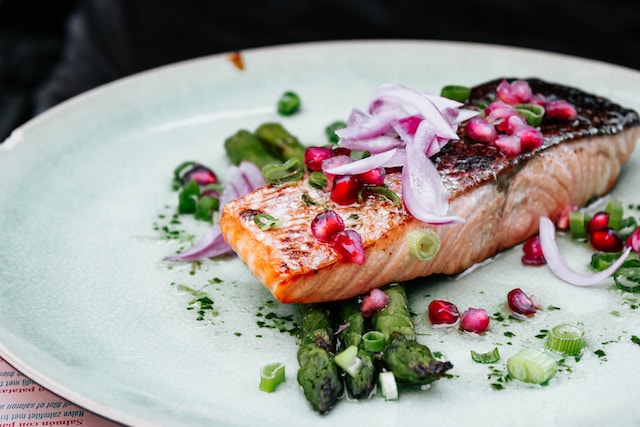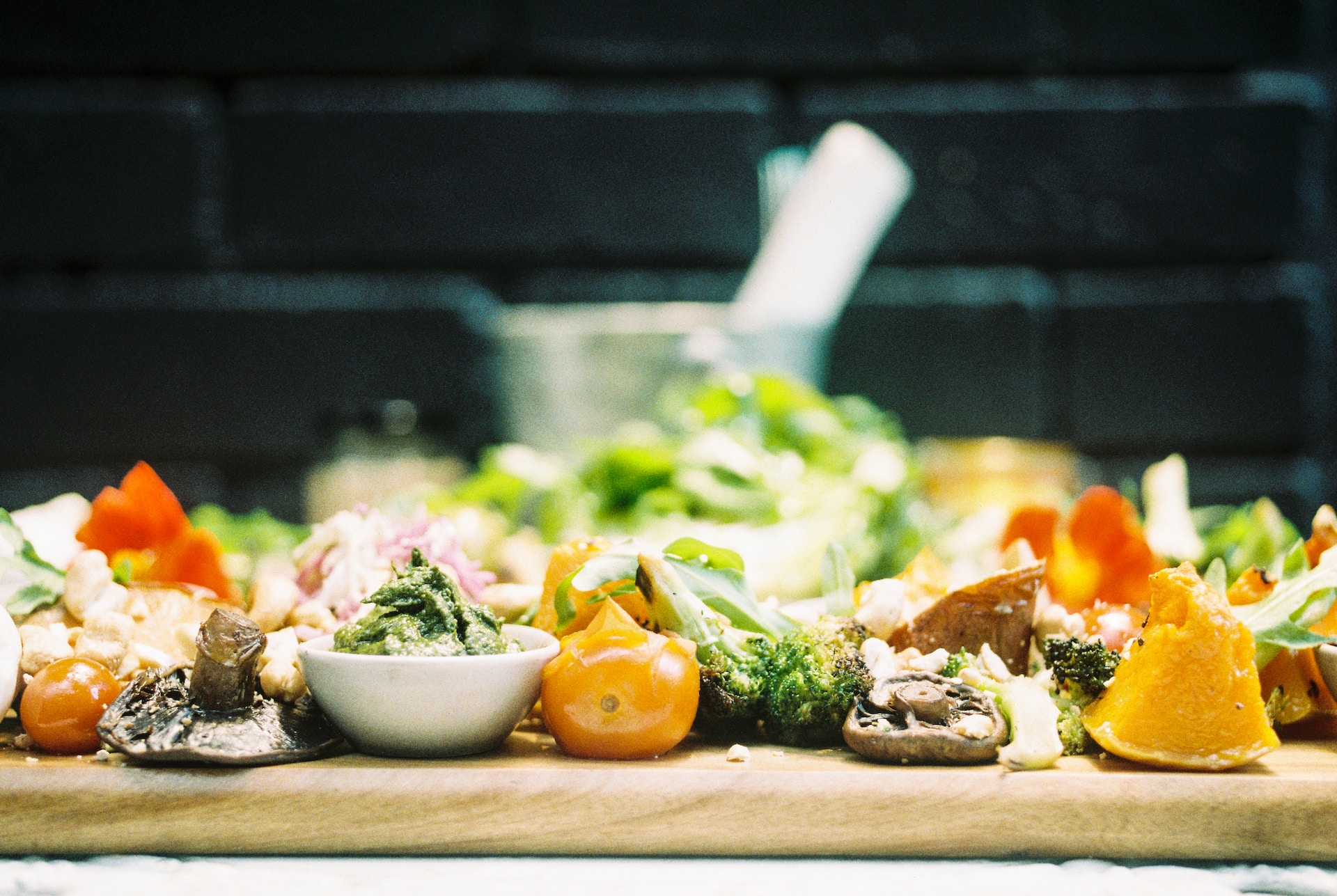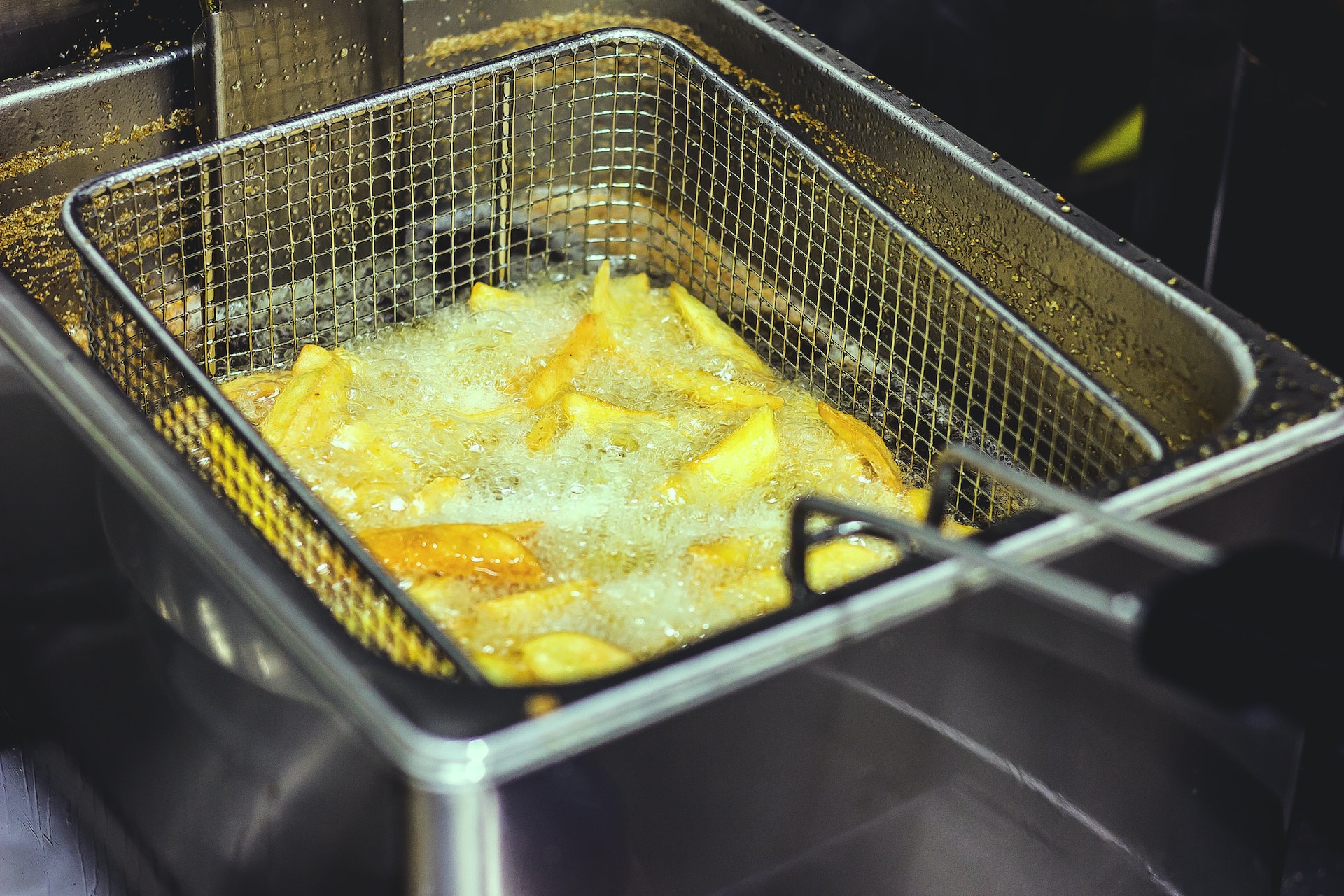When dining at a restaurant, many seafood lovers find themselves pondering the question, “What type of salmon am I actually eating?” Salmon is a highly popular and versatile fish that graces menus in various culinary establishments. Whether it’s grilled, baked, or served raw in sushi, salmon offers a delicious and nutritious dining experience. In this article, we aim to uncover the mystery surrounding the type of salmon commonly used in restaurants. By exploring different salmon varieties, sourcing practices, and culinary considerations, we’ll gain a better understanding of the choices made by restaurants when it comes to this beloved fish. So, let’s dive in and discover what lies behind the salmon dishes on your favorite restaurant’s menu.
Common Types of Salmon
Salmon encompasses several species, each with its distinct characteristics and flavors. While different restaurants may have their preferences, some salmon varieties are more commonly found in culinary establishments. Here are some of the most popular types of salmon you’re likely to encounter:
- Atlantic Salmon: Atlantic salmon, also known as Salmo salar, is widely cultivated and one of the most common salmon species used in restaurants. It is known for its rich, buttery flavor and tender flesh. Due to its popularity, it is readily available throughout the year, making it a reliable choice for restaurants.
- Pacific Salmon: Pacific salmon refers to several species native to the Pacific Ocean, including Chinook (also known as King), Sockeye, Coho, Pink, and Chum salmon. These varieties are known for their vibrant colors, firm texture, and distinct flavors. Their availability may vary based on the fishing season and region, but you can often find them on the menus of seafood-focused restaurants.
- Sashimi-grade Salmon: Sashimi-grade salmon is a term used to describe the highest quality of salmon intended for raw consumption, particularly in sushi and sashimi dishes. This type of salmon undergoes rigorous quality control and handling processes to ensure freshness, flavor, and safety. The specific species used for sashimi-grade salmon can vary, but it is typically selected for its pristine appearance and excellent taste.
It’s important to note that the availability of salmon species can vary based on geographical location, sustainability practices, and sourcing preferences of individual restaurants. Some establishments may prioritize using locally sourced or sustainably caught salmon, while others may opt for farmed varieties. Understanding the common types of salmon can help you appreciate the diversity of options offered by different restaurants.
Factors Influencing Restaurant Choices
When it comes to selecting the type of salmon to use, restaurants take several factors into consideration. These factors can vary depending on the restaurant’s culinary style, customer preferences, availability, and sustainability practices. Here are some key influences on restaurant choices regarding the type of salmon:
- Flavor and Texture: Different salmon species offer distinct flavor profiles and textures. Restaurants consider the taste preferences of their customers and the specific dish they want to create. For example, Chinook salmon is known for its rich, buttery flavor, while Sockeye salmon has a stronger, more robust taste. Restaurants aim to choose a salmon variety that complements their culinary vision and pleases their patrons’ palates.
- Sustainability and Sourcing: Increasingly, restaurants prioritize sustainable sourcing practices to support the health of salmon populations and the environment. They may choose salmon varieties that are responsibly harvested, follow sustainable fishing practices, or are sourced from well-managed aquaculture operations. Restaurants often communicate their commitment to sustainability, allowing customers to make conscious dining choices.
- Availability and Seasonality: Salmon availability can vary based on the fishing season and the specific region. Restaurants may opt for salmon varieties that are locally sourced and in season, ensuring freshness and supporting local fisheries. Seasonal variations can also affect the pricing and availability of certain salmon species, influencing the restaurant’s selection.
- Culinary Style and Menu Concept: The type of restaurant and its culinary style play a significant role in determining the type of salmon used. Seafood-focused establishments may offer a wide range of salmon options to showcase the versatility and flavors of different species. Fine dining restaurants may opt for premium, sashimi-grade salmon to elevate their sushi or sashimi dishes. The menu concept and target audience influence the choice of salmon to ensure it aligns with the overall dining experience.
- Cost and Pricing: Salmon prices can vary depending on factors such as species, quality, sourcing methods, and market conditions. Restaurants must consider the cost implications when selecting the type of salmon to use. While premium varieties may be more expensive, they can provide exceptional flavor and quality. Balancing cost considerations with the desired dining experience is crucial for restaurants to offer value to their customers.
By carefully considering these factors, restaurants can make informed decisions about the type of salmon they use, ensuring a delightful dining experience while aligning with their values and the preferences of their patrons.
Restaurant Practices and Variations
Different restaurants may have their own unique practices and variations when it comes to selecting and serving salmon. These practices can further differentiate the dining experience and contribute to the overall reputation of the establishment. Here are some common restaurant practices and variations related to the use of salmon:
- Specialized Salmon Preparations: Some restaurants specialize in specific salmon preparations, such as smoking, grilling, or curing. These establishments may focus on a particular salmon variety that best suits their chosen cooking technique. By mastering the art of preparing and serving a specific type of salmon, these restaurants can create signature dishes that keep customers coming back for more.
- Wild-Caught vs. Farmed Salmon: The choice between wild-caught and farmed salmon is a significant consideration for restaurants. Wild-caught salmon is prized for its natural flavors and is often associated with sustainable fishing practices. On the other hand, farmed salmon provides a consistent supply, enabling restaurants to meet customer demand year-round. Some restaurants may offer both options on their menu, allowing customers to choose based on their personal preferences and values.
- Salmon as a Seasonal Feature: In some restaurants, salmon may be featured as a seasonal delicacy. This approach allows the establishment to highlight the freshest and most flavorful salmon available during specific times of the year. Seasonal salmon dishes can create excitement among customers and add a touch of exclusivity to the dining experience.
- Salmon Pairings and Accompaniments: Restaurants often consider the flavor profiles of different salmon varieties when creating pairings and accompaniments. They may offer a range of sauces, herbs, spices, and side dishes that complement the specific type of salmon being served. These thoughtful pairings enhance the overall dining experience and showcase the versatility of salmon in various culinary contexts.
- Customization and Customer Preferences: Some restaurants allow customers to customize their salmon dishes to cater to individual preferences. This can include options for cooking style (grilled, pan-seared, or baked), sauce choices, and additional toppings or ingredients. By offering customization, restaurants ensure that customers can enjoy their preferred salmon preparation while accommodating dietary restrictions or personal taste preferences.
- Sustainability Initiatives: Many restaurants are actively involved in sustainability initiatives, including those related to salmon. They may partner with organizations that promote responsible fishing practices or focus on sourcing salmon from sustainable and eco-friendly suppliers. These initiatives not only contribute to environmental conservation but also resonate with customers who value sustainability.
While there are general practices and variations within the restaurant industry, it’s essential to note that each establishment has its own unique approach. By considering factors such as cooking techniques, sourcing practices, customization options, and sustainability initiatives, restaurants can create memorable salmon dishes that cater to the preferences of their customers while maintaining their distinct culinary identity.
Transparency and Communication
Restaurants understand the importance of transparency and effective communication when it comes to the type of salmon they use. They strive to build trust with their customers by providing clear information about the origin, quality, and sourcing practices of the salmon. Here are some ways in which restaurants prioritize transparency and communication regarding the type of salmon they serve:
- Menu Descriptions: Restaurants often include detailed descriptions of their salmon dishes on the menu. This includes specifying the type of salmon used, whether it’s wild-caught or farmed, and any other relevant details that customers may want to know. Clear and informative menu descriptions help customers make informed choices based on their preferences and dietary requirements.
- Staff Knowledge and Training: Well-trained restaurant staff members play a crucial role in communicating accurate information about the salmon dishes to customers. They are equipped with knowledge about the different types of salmon, their flavor profiles, and the sourcing practices followed by the establishment. Staff members can address any questions or concerns raised by customers, ensuring transparency and building confidence in the dining experience.
- Open Kitchen Concept: Some restaurants adopt an open kitchen concept where customers can see the chefs in action. This allows customers to observe the preparation process, including the handling and cooking of salmon. The transparency provided by an open kitchen concept reassures customers about the quality and freshness of the ingredients used, including the type of salmon.
- Online Presence and Social Media: Restaurants maintain a strong online presence, including websites and social media platforms, to engage with customers and provide information about their salmon offerings. They may share updates about the type of salmon they use, sourcing partnerships, and any certifications or sustainability practices they follow. Through these channels, restaurants can convey their commitment to transparency and connect with customers directly.
- Supplier Relationships: Establishing strong relationships with reputable salmon suppliers is crucial for restaurants. By working closely with trusted suppliers, restaurants can confidently communicate the quality and sourcing practices associated with the salmon they serve. They may even highlight their partnerships with specific suppliers to showcase their commitment to using high-quality and responsibly sourced salmon.
- Guest Feedback and Response: Restaurants value guest feedback and take it into account when making decisions about the type of salmon they use. They encourage customers to share their experiences, including any concerns or suggestions related to the salmon dishes. By actively listening to customer feedback and responding promptly, restaurants demonstrate their commitment to continuous improvement and maintaining open lines of communication.
Transparency and effective communication play a significant role in building trust and loyalty between restaurants and their customers. By providing clear information about the type of salmon used, sourcing practices, and engaging in open and honest communication, restaurants can create an environment where customers feel confident in their dining choices and have a deeper appreciation for the salmon dishes they enjoy.
Conclusion
When it comes to the type of salmon used in restaurants, there is a range of factors that influence their choices. From the common types of salmon available to the specific practices and variations followed by each establishment, restaurants strive to meet customer expectations while prioritizing sustainability and quality.
Through transparency, effective communication, and a focus on customer satisfaction, restaurants aim to provide clear information about the salmon they serve. Whether it’s through detailed menu descriptions, knowledgeable staff, open kitchen concepts, online presence, supplier relationships, or guest feedback, restaurants actively engage with their customers to ensure transparency and build trust.
Ultimately, the type of salmon used in restaurants may vary depending on factors such as availability, seasonality, sustainability considerations, and customer preferences. By staying informed and aware of these factors, customers can make informed choices that align with their personal values and preferences.
The restaurant industry continuously strives to strike a balance between offering delicious and flavorful salmon dishes while considering the environmental impact and ethical considerations. As customers, it’s important to support restaurants that prioritize responsible sourcing, transparent communication, and sustainable practices.
So, the next time you visit a restaurant and order a salmon dish, take a moment to appreciate the efforts and considerations that go into bringing that flavorful and sustainably sourced salmon to your plate.




